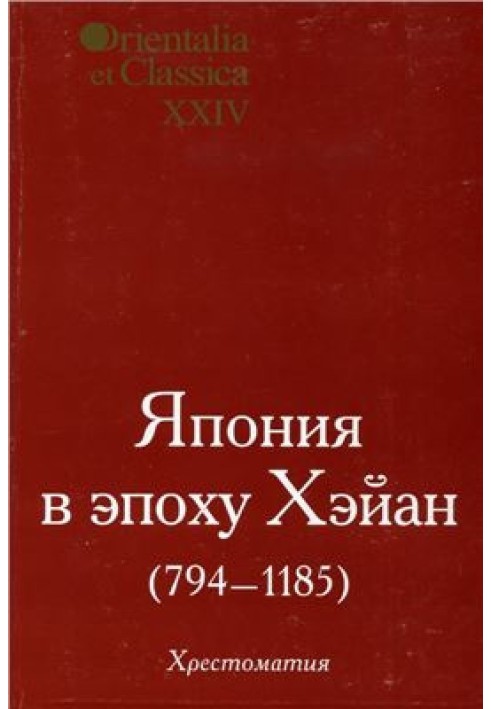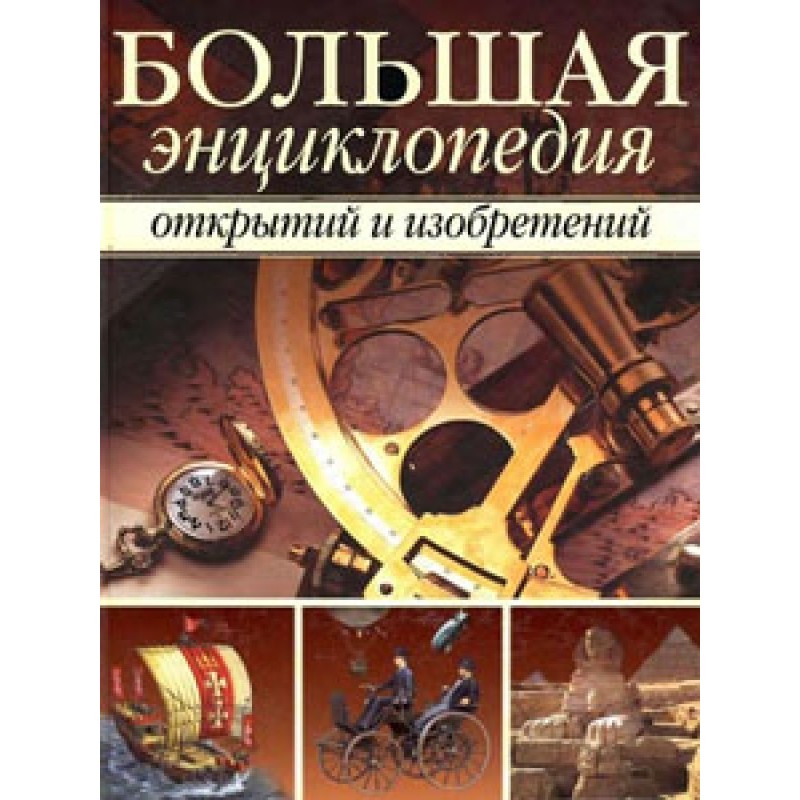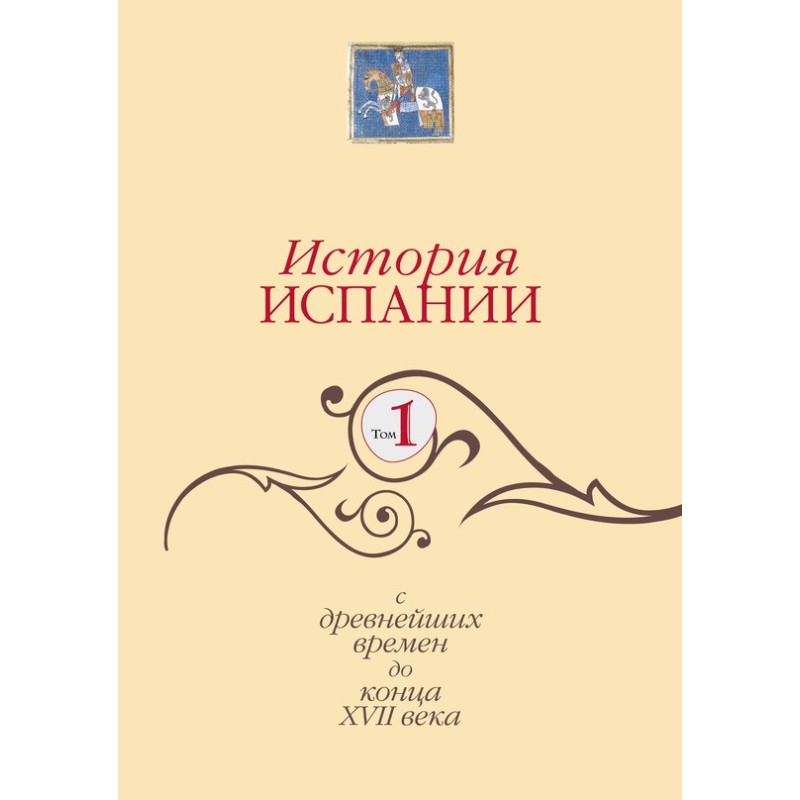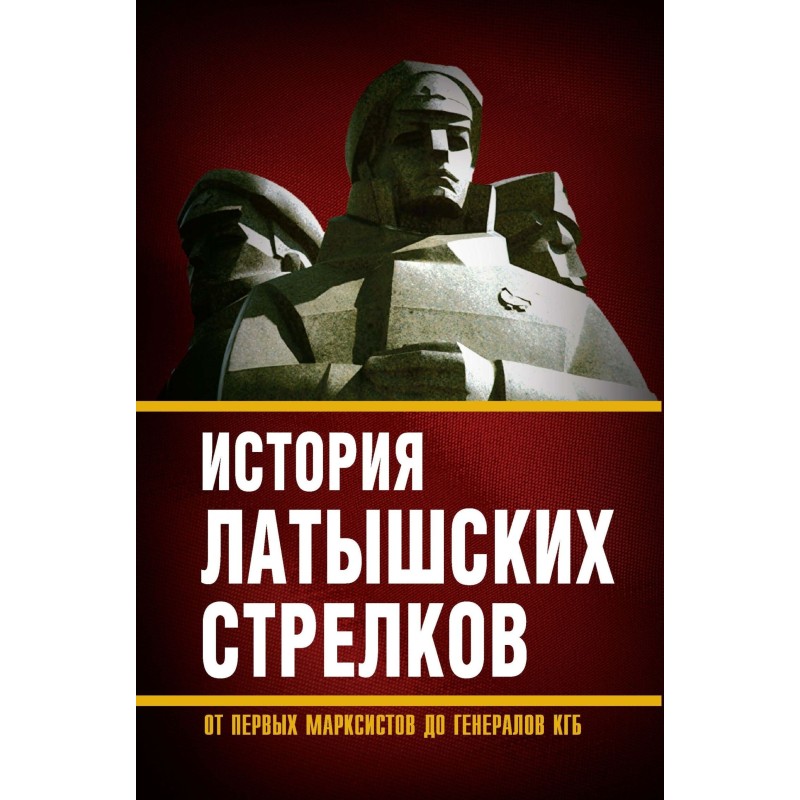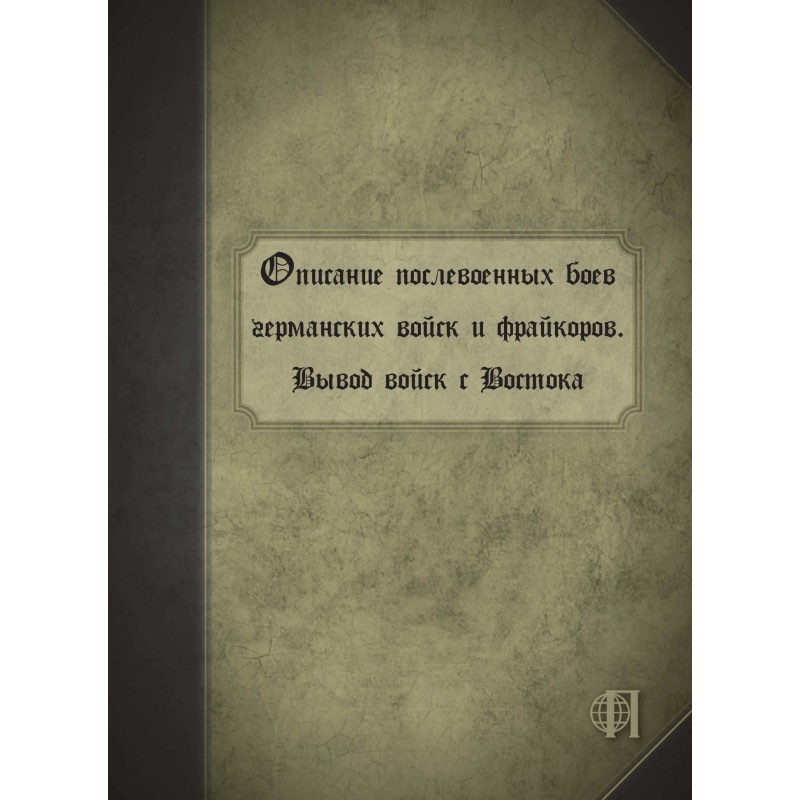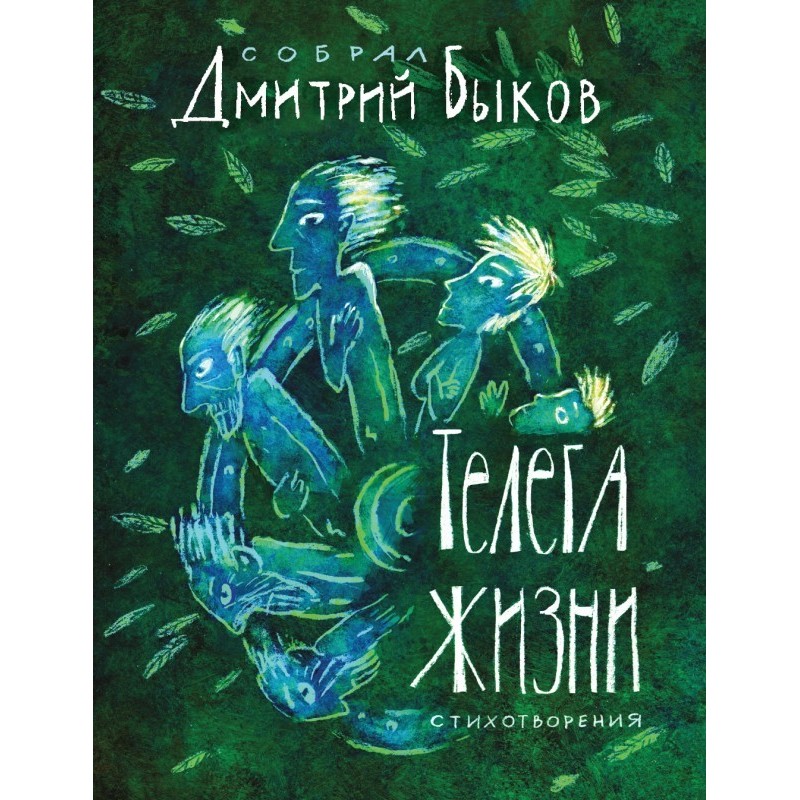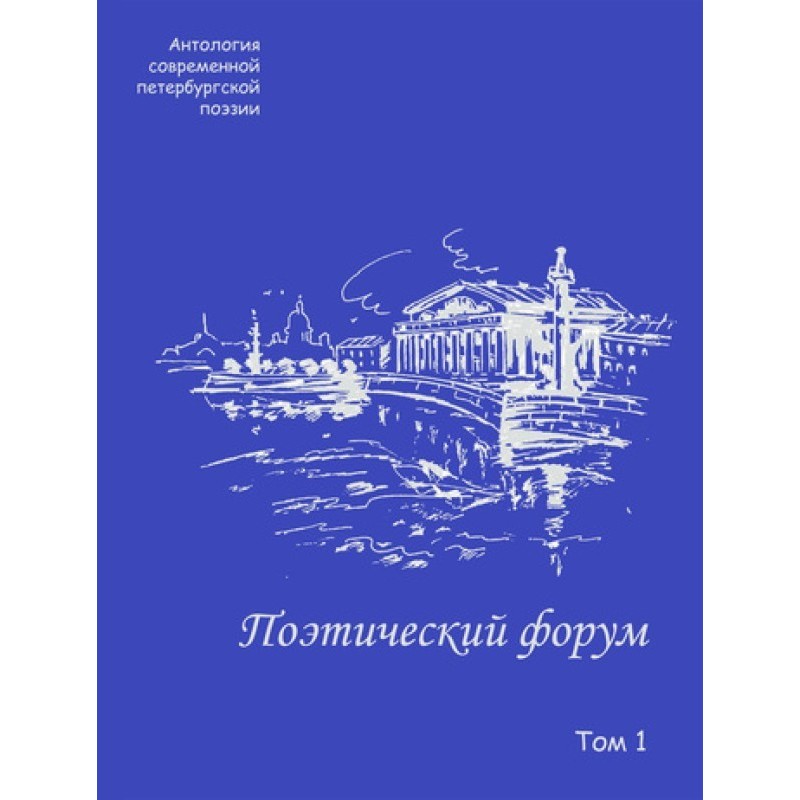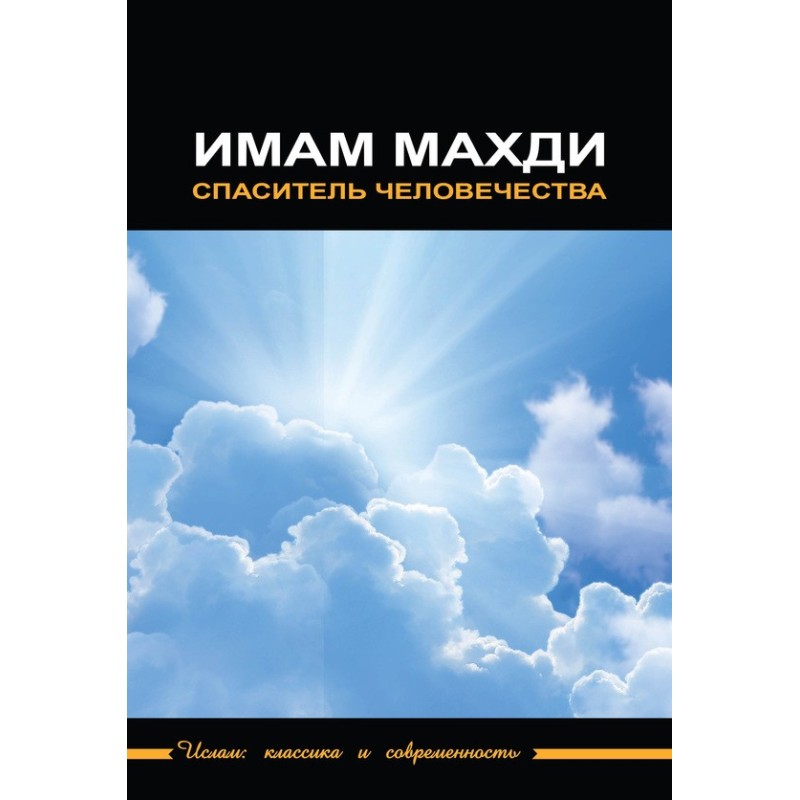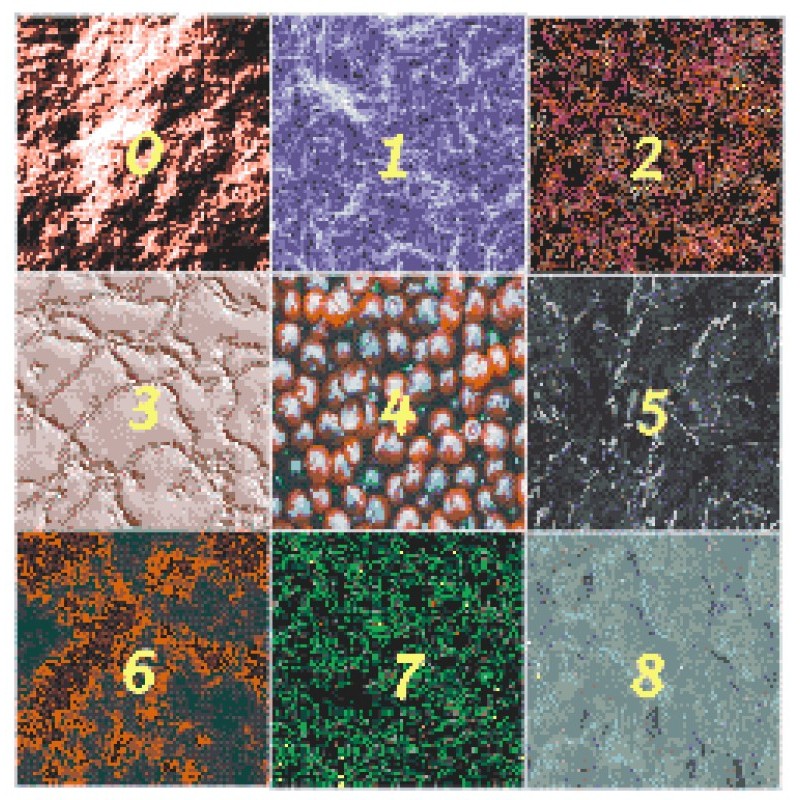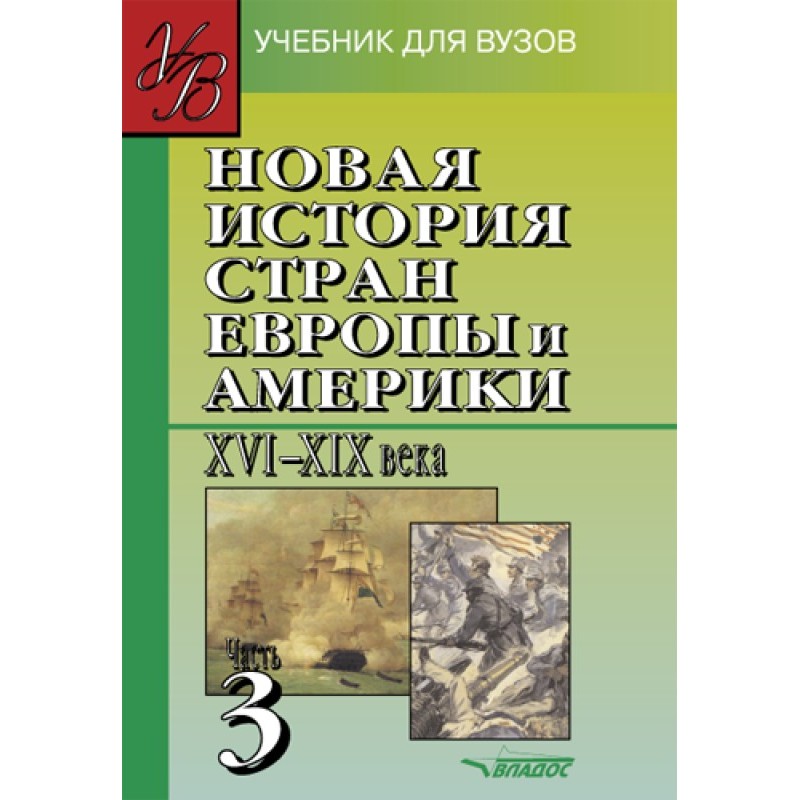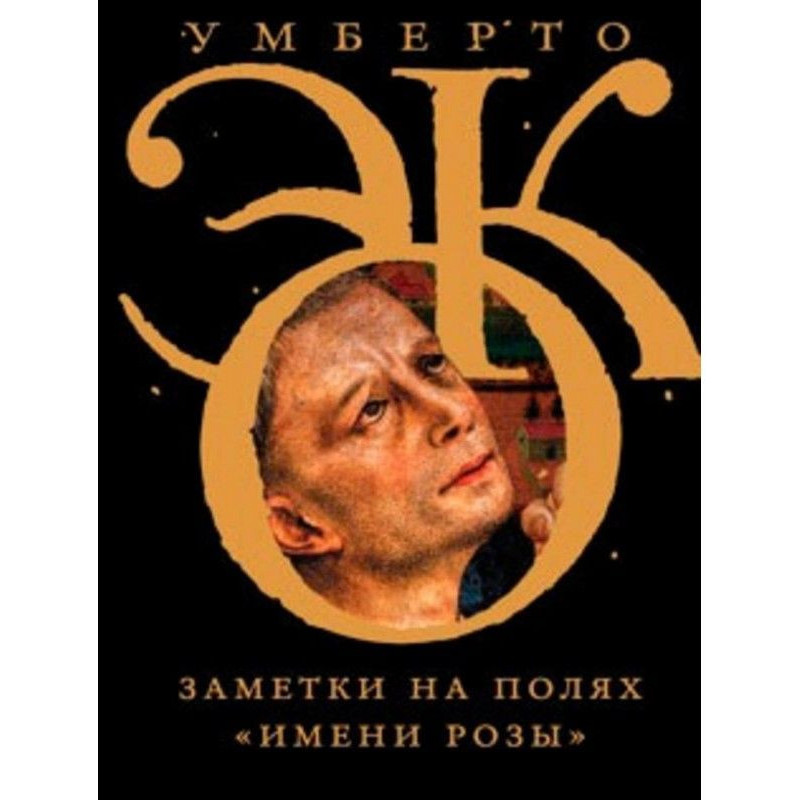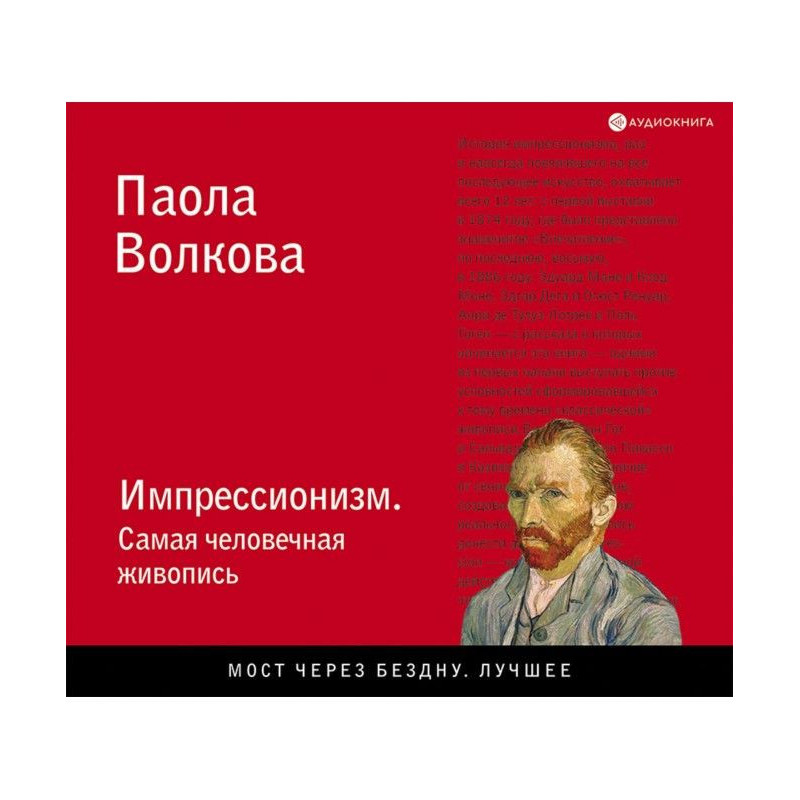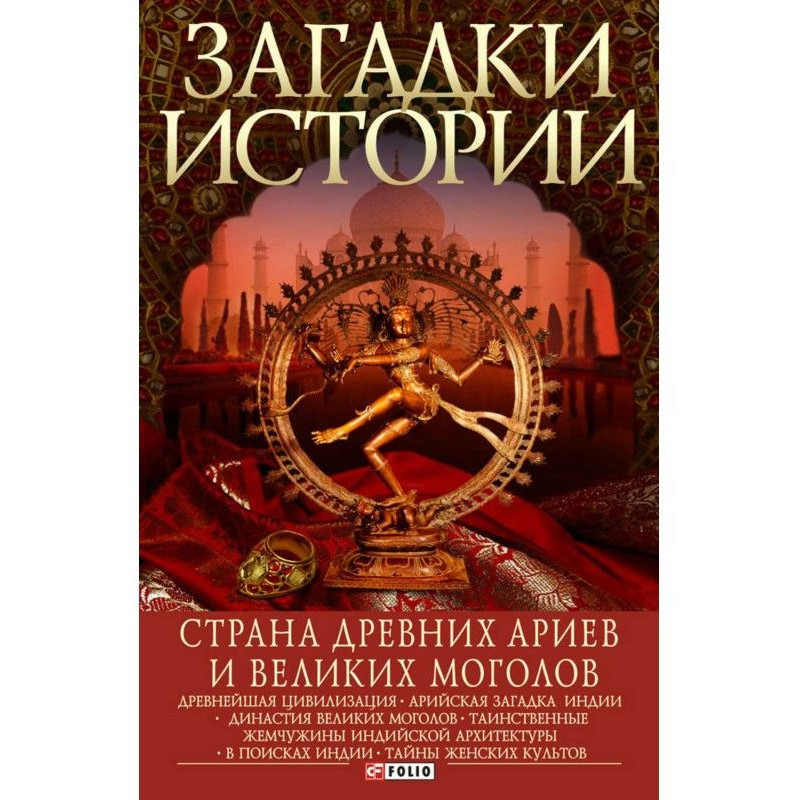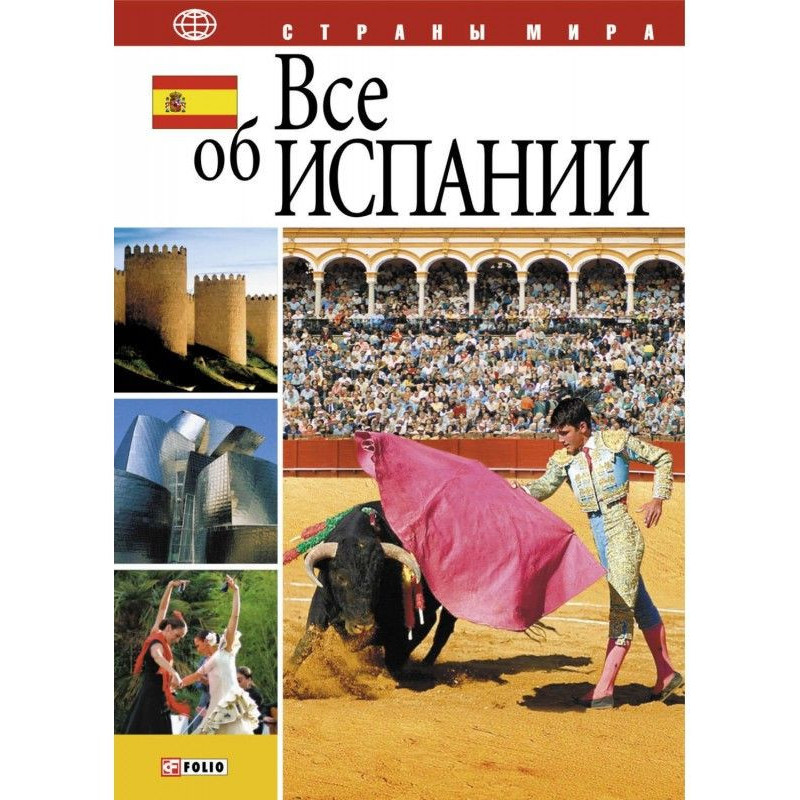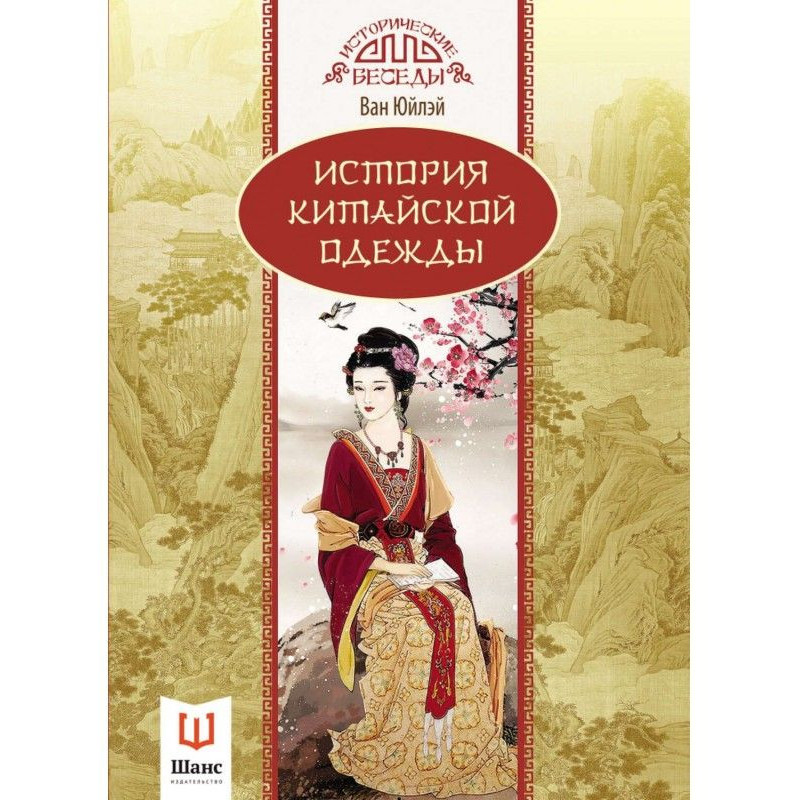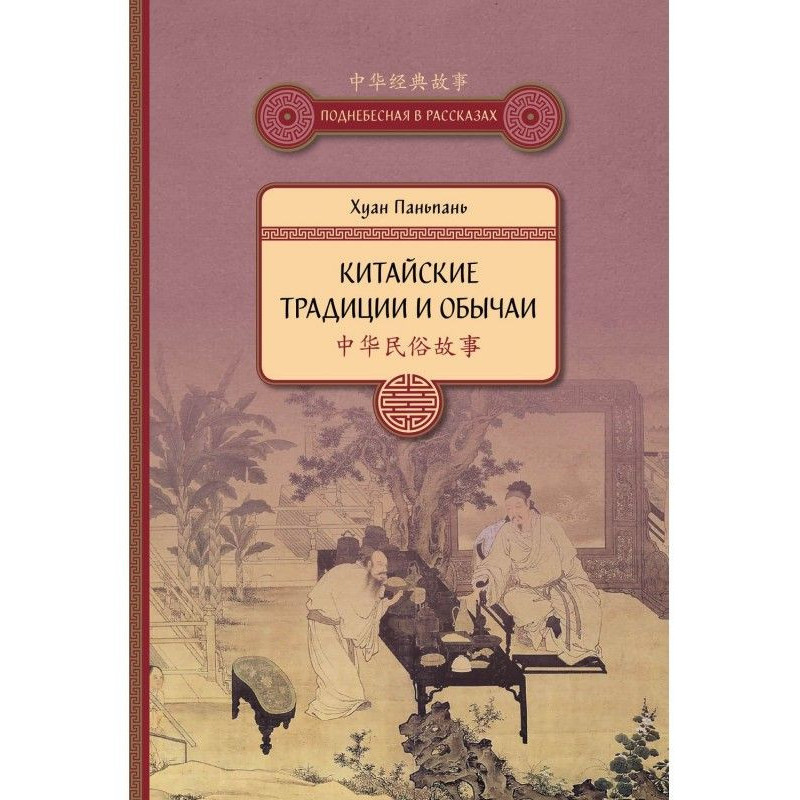Japan during the Heian era (794-1185)
 Instant download
Instant download
after payment (24/7)
 Wide range of formats
Wide range of formats
(for all gadgets)
 Full book
Full book
(including for Apple and Android)
Compiled in the form of a textbook, a study of the Heian period (794-1185), which is rightfully considered the time of formation of a distinctive national culture. Based on translations of texts that are examples of both business documentation and belles lettres. Equipped with a rich reference apparatus. For specialists and a wide range of readers interested in the history and culture of Japan. CONTENTS: M. V. Grachev. Norms and values of everyday life of the Japanese nobility of the Heian era 7 Translations: Newly compiled lists of clans (“Shinsen shojiroku”, 815) 31 Opinions of dignitaries in six points (“Kuge iken rokukajo”, 824) 43 Yoshimine no Yasuyo ( 785-830). It is necessary to restore the previous procedure for selecting students and the most outstanding graduates of the literary department [Daigaku] 46 [Code] of laws-ryo with official explanations (“Ryo-no gige”, 833) 49 Miyako no Yoshika (834 ?—879).Dispute about recognizing intelligence and stupidity. “Benyu-o wakimaeru ron” 53Records of Mount Fuji. “Fujiyama ki” 55 Inscription on a sake bottle 57 Tachibana dzonagon (Tachibana no Hiromi, 837-890). Fujiwara no Asomi Tokihira, without rank 58 Sugawara no Mitishne (845-903). Kansh-poems Sake 59 Fan 59 Brush 59 Walking at the end of winter at the Fumi [family] estate, enjoying the first plum blossoms in the garden 61Notes from a scientist’s office (“Shosaiki”, 893) 62Classified normative regulations of three periods (“Ruiju sandai kyaku”, early 10th century) 64Miyoshi-po Kshuki (847-918). Recommendations in twelve points (“Iken juni kajo”, 914) 68 Minamoto no Fusaakira (?-940). Seeing two [gray] hairs (“Nimo-o miru”, early 10th century .) 95The subsequent one taken into account [from the generation. O]e (Oe-po Asatsupa, 886-957). First report of Mr. Sadanobu with a request for resignation from the post of regent-sessho (930) 96 Oe-po Asatsupa State decree in response to Mr. Sadanobu's request for resignation from the post of regent-sessho (930) 98 Sugawara-po Fumitoki (899-981). Three-point recommendations ("Fujimikajo", 957) 99 Fujiwara no Morosuke (908-960). Instructions of the Right Minister Kujo ("Kujo dono yuikai", ser 10th century) 104Records about Masakado (“Shomonki”, mid-10th century) 109Yoshiash no Yasutape (934?—1002). Records from the gazebo by the pond (“Titeiki”, 982) 141Fujiwara no Akihira (989 ?—1066)Memorable inscriptions. Favorite sayings 146New records about sarugaku (“Shinsarugakuki”, mid-11th century) 147Oe-po Matfusa (1041-1111). Records about yujo. "Yujoki". 154Records and reflections of O1e no Masafusa] (“Godansho”, early 12th century) 156Appendix 1Structure of the central administrative apparatus (submitted legislative codes) 219Four categories of positions 223Correspondence between rank and position in the local administrative apparatus (Heian period) 225Ministries and administrations in Japan Nara and Heian periods 227Central government in the Nara period 228Central government in the Heian period (seiji action system) 229Central government in the Heian period (insei system) 230Appendix 2Weights and measures system 233Appendix 3Map of Japan (Nara and Heian periods) 239Notes 243
Data sheet
- Name of the Author
- Collective of authors
- Language
- Russian
- Translator
- Максим Васильевич Грачев
Reviews
Важливий внесок у вивчення японської культури
Книга "Японія в епоху Хейан (794-1185)" є справжнім скарбом для всіх, хто цікавиться історією та культурою Японії. У формі хрестоматії автор пропонує читачам глибоке занурення в період Хейан, який вважається часом становлення самобутньої національної культури. Переклади текстів, що включають як ділову документацію, так і зразки красного письменства, дозволяють не лише зрозуміти соціальні норми та цінності того часу, але й відчути атмосферу епохи. Багатий довідковий апарат допомагає краще орієнтуватися в матеріалі, а також слугує відмінним ресурсом для фахівців та студентів. Книга стане чудовим доповненням до бібліотеки кожного, хто прагне глибше зрозуміти японську культуру та її історичні корені. Я щиро рекомендую цю працю всім, хто цікавиться не лише Японією, але й історією людства в цілому!

